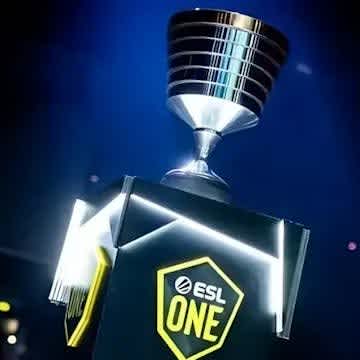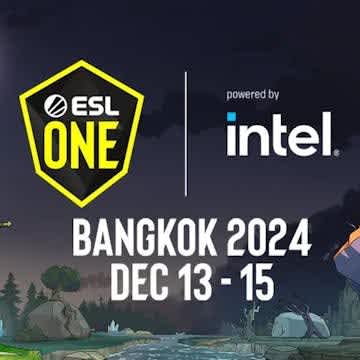The last chance was (almost) the best chance at TI11
Ultimately, it won’t be Puppey’s name that rounds out the nameplate on the Aegis of Champions, as Team Secret fell short once again at The International 11 after an impressive run through the gauntlet. Congratulations to Tundra Esports and commiserations to everyone else: and for a fun exercise, it’s worth mapping the DPC showings to the final results, if only to show just how unrepresentative they continue to be.
Dota What Circuit?
Is it an upset when we’ve all grown to expect it? Arguably no “favorite” managed to win The International since Alliance at TI3, and strong showings at the DPC have never been representative of what goes down in the cauldron that concludes the Dota 2 season.
This time, the disparity was even starker. Two of the top three at TI11 came through the last chance qualifier and the tournament was won by the DPC #9, Tundra Esports. To turn back the clock, TI10 winners Team Spirit came through the regional qualifiers, OG were #10 in 2019 and a regional qualifier in 2018.
This time, the bonus last chance qualifier was introduced to make up for disruptions elsewhere in the DPC calendar, but it only served to further highlight how irrelevant the yearlong circuit is. There’s no MSI to strive for and the prize money earned is insignificant compared to the end-of-year bonanza. Though this is the typical American way of handling seasonal sporting events, with the seasonal gamesserving as little more than seeding for the knockout brackets in the finals – however, you’d be hard-pressed to name an equivalent sport where the disparity between results in the regular season and the playoffs is as stark as it is in the world of Dota 2 matches.
Here's a different way to look at it: the top four in the DPC, the teams with 42% of the total DPC points (of those who qualified) ended up earning 10% of the total prize pool. Clearly, ana has cracked the code. What’s the point of the grind?
Perhaps this massive disparity was easier to accept or explain away as The International kept breaking record after record with every passing year. That is no longer the case.
There’s always a first time: where were you when The International began to shrink?
This TI was the first tangible setback in the history of the competition. Not only was the prize pool failed to grow, falling back by over five years’ worth of continuous growth (which is understandable in the current economic climate) but the production was also subpar and Valve seemed even more hands-off than usual.
It wasn’t just the prize pool, either: viewership numbers were also down, and while it might not be fair to compare the affair with the anniversary edition of TI10 – a tournament that reached one million viewers by the end of the first day of playoffs, while we had to wait until Team Aster vs. PSG.LGD to reach the same numbers this time around. In fact, it was actually TI8 that had comparable numbers to this tournament, with similar average viewer numbers and hours watched, albeit with a significantly lower peak viewership count.
Gabe’s late-breaking video-only welcome to The International was just one of many what-could-have-been moments, and with another set of inevitable changes looming in the DPC, there are no guarantees that things will get better before they get worse again in competitive Dota 2.
So, fun games of Dota 2 and many storylines of what could have been. All hail Marci and Tiny, a farewell to the 10+ players of Peru, Russia and China as Western Europe’s grip continues to tighten on elite-level play.
As usual we have no idea what’s next for competitive Dota. For all we know, this might have been the last chance to reform the flagship event. Puppey and MATUMBAMAN will no doubt continue to advocate for the existence of this fun little backdoor to TI – and they have every reason to do so – while teams that successfully grind the circuit keep on missing the mark. It’s Dota 2 as we know and love it: deep, exciting, so upset-ridden that a DPC winner’s triumph would serve as the biggest shock of them all. Except perhaps slightly smaller and greyer than it used to be.





